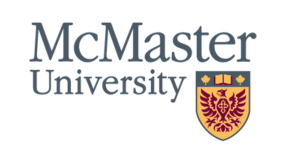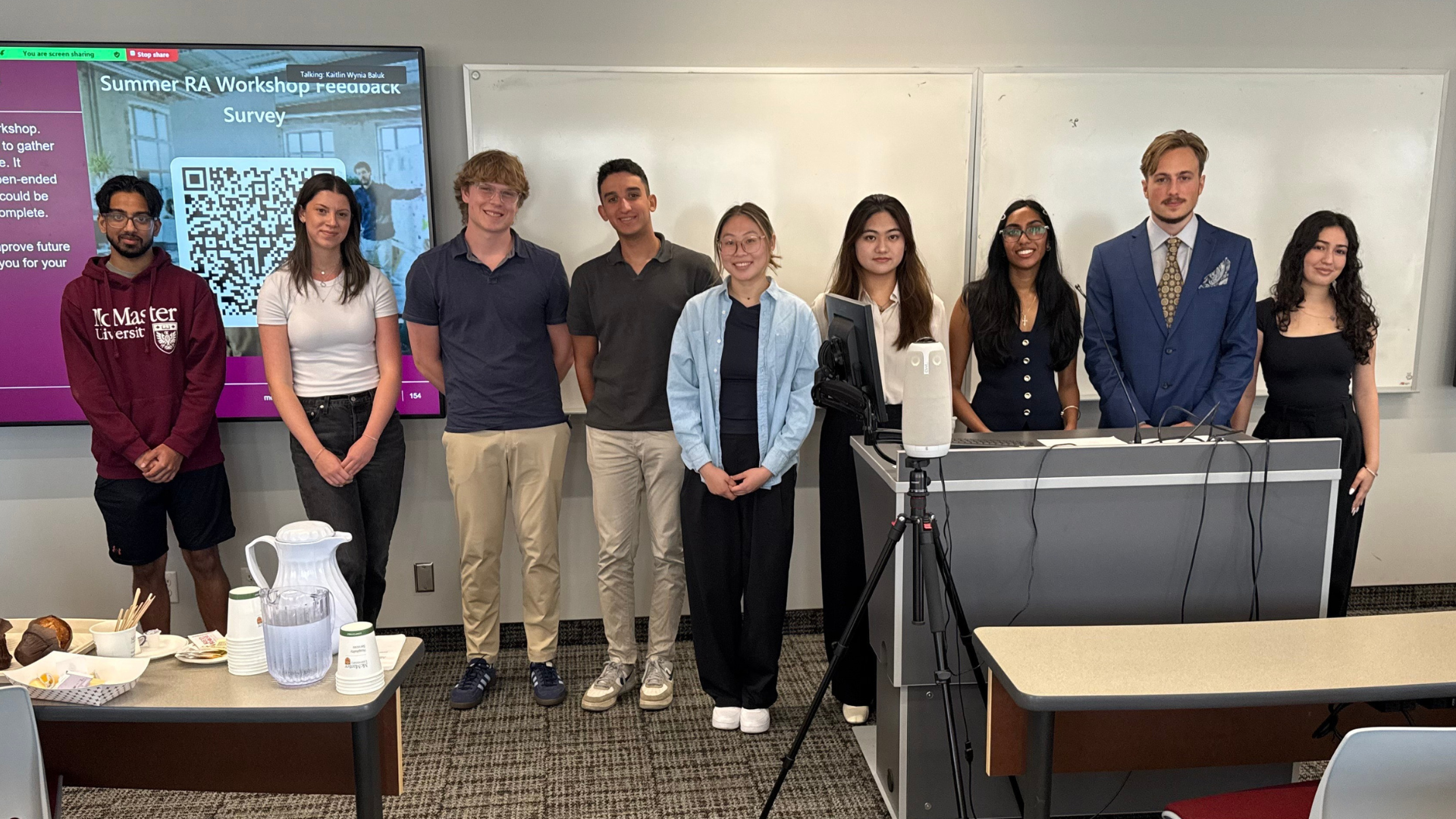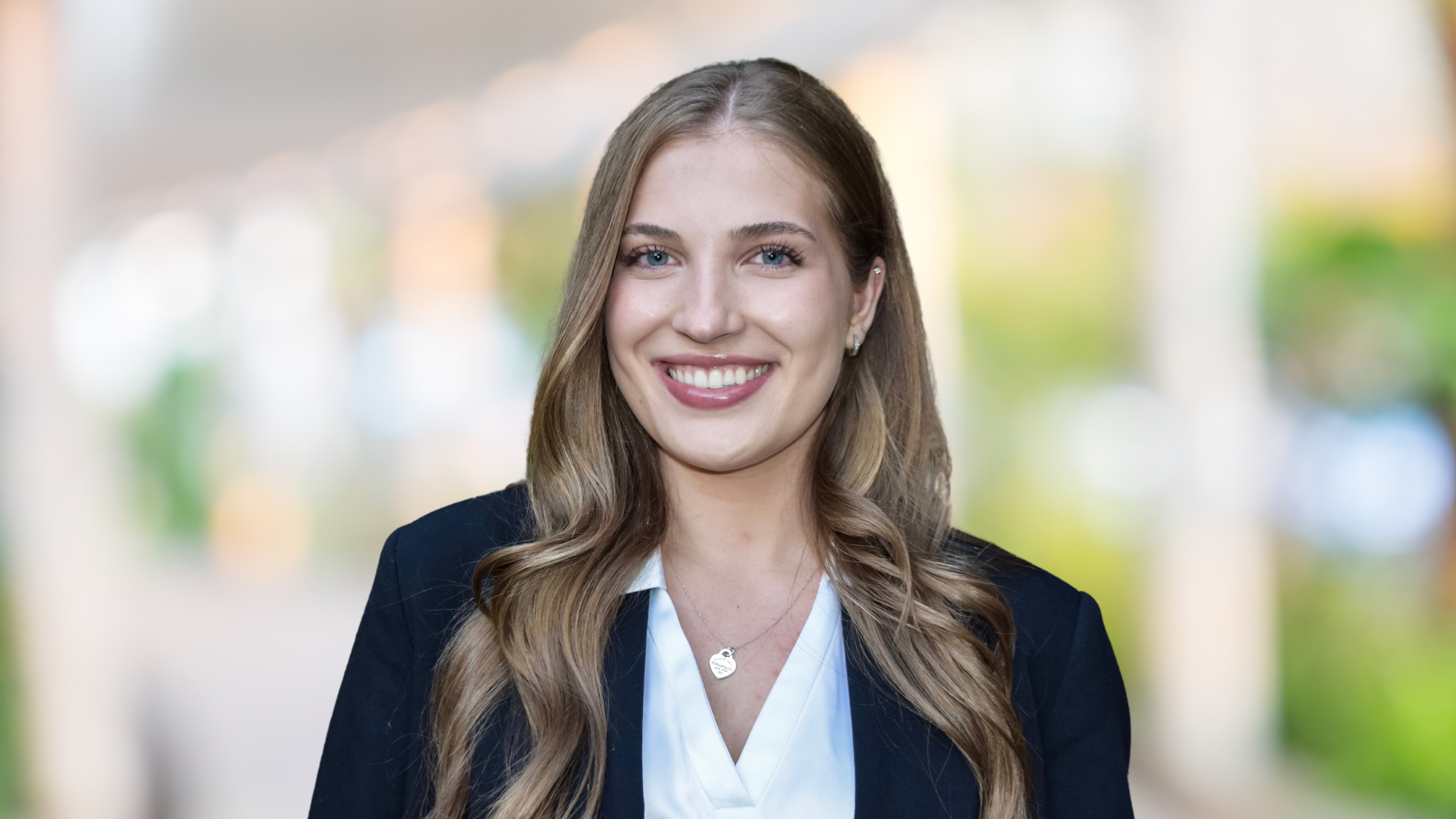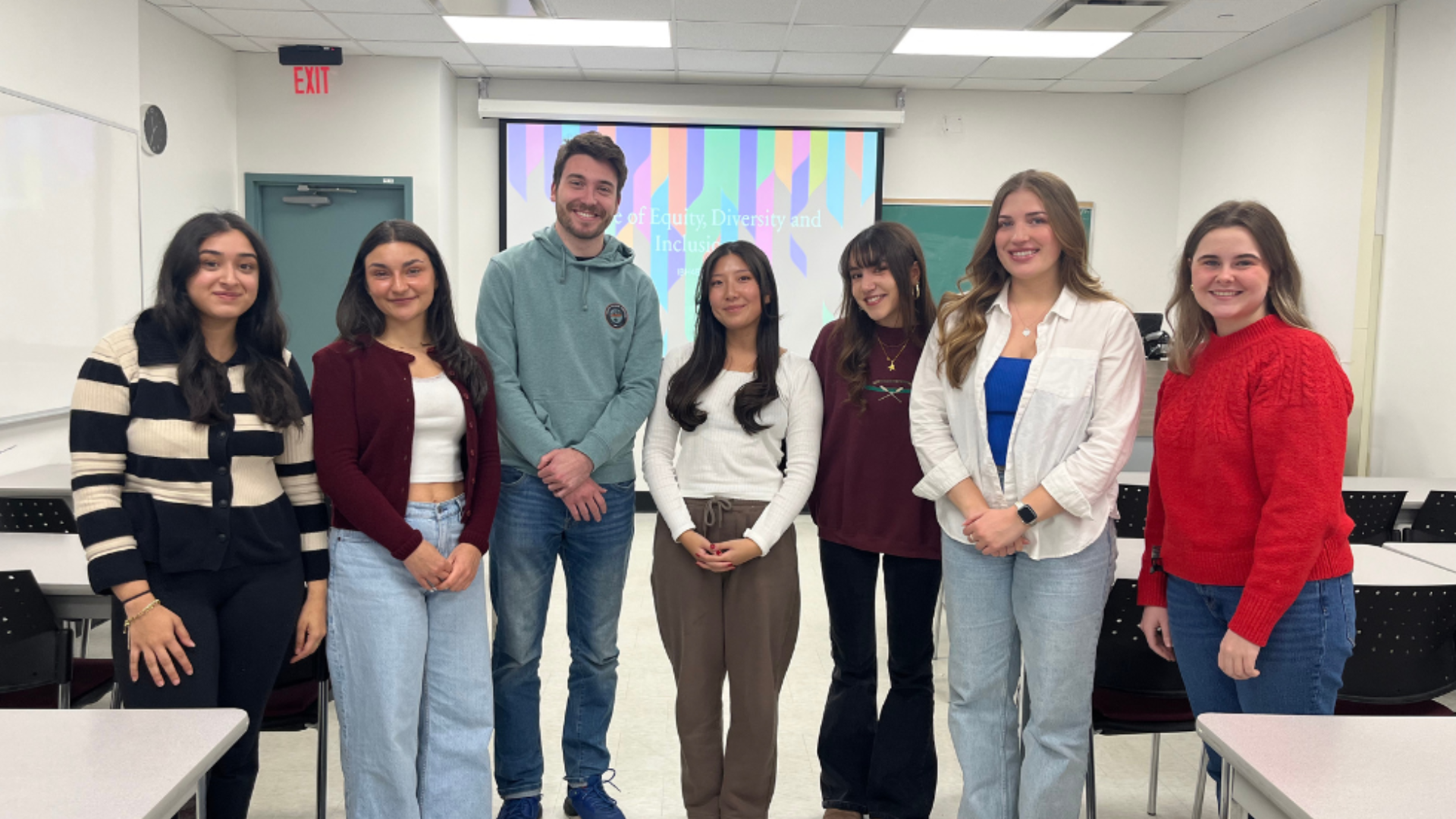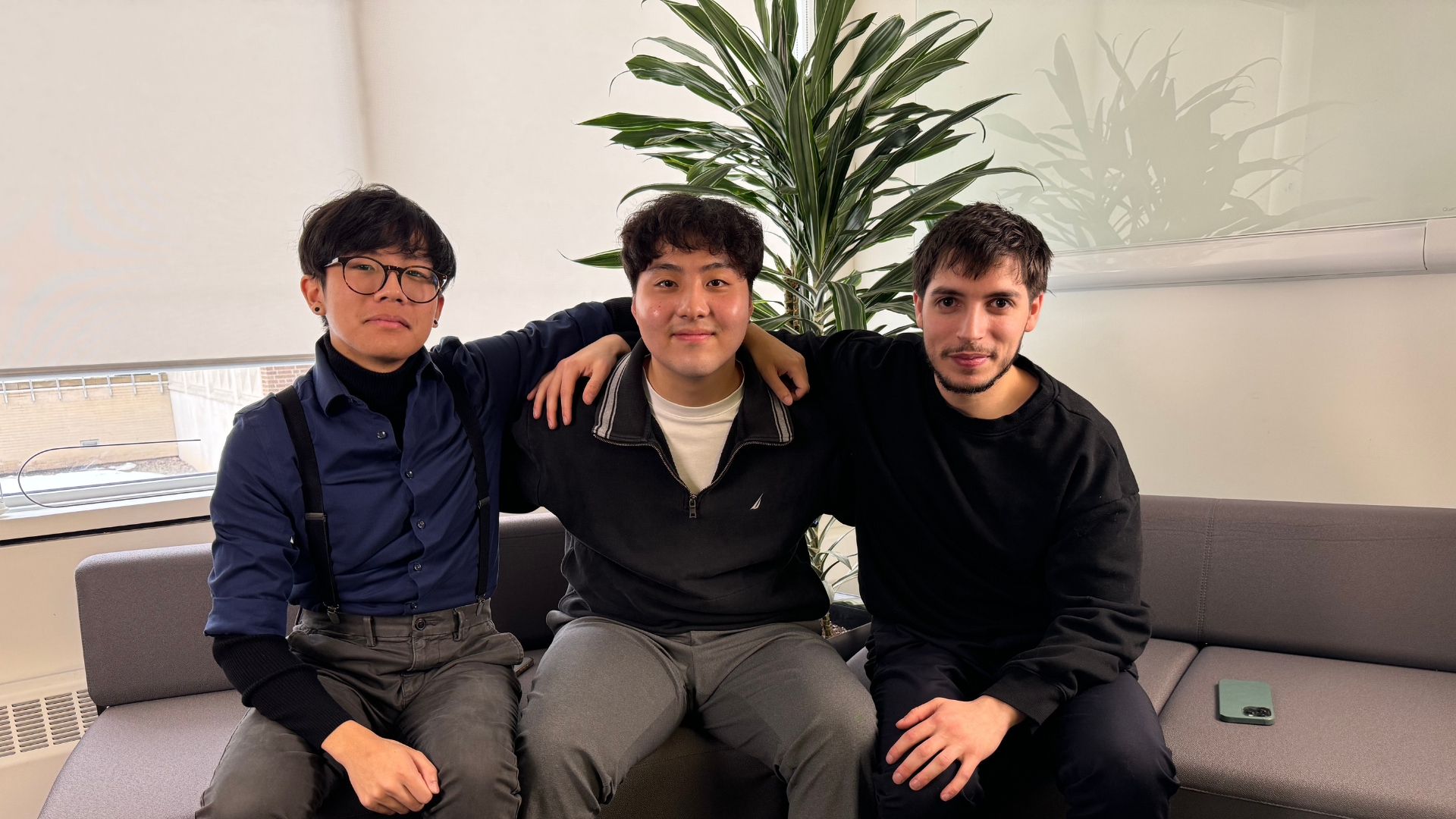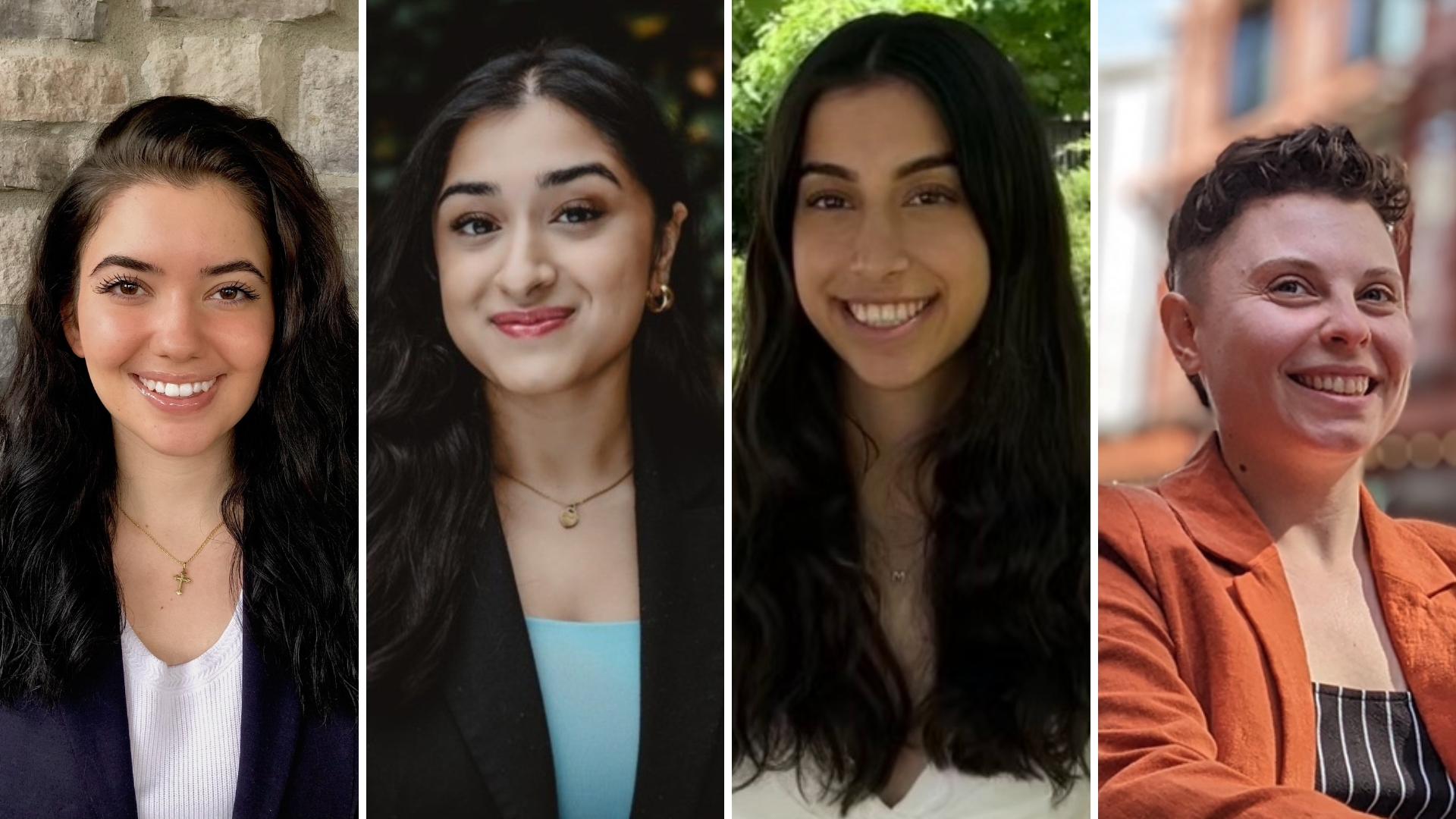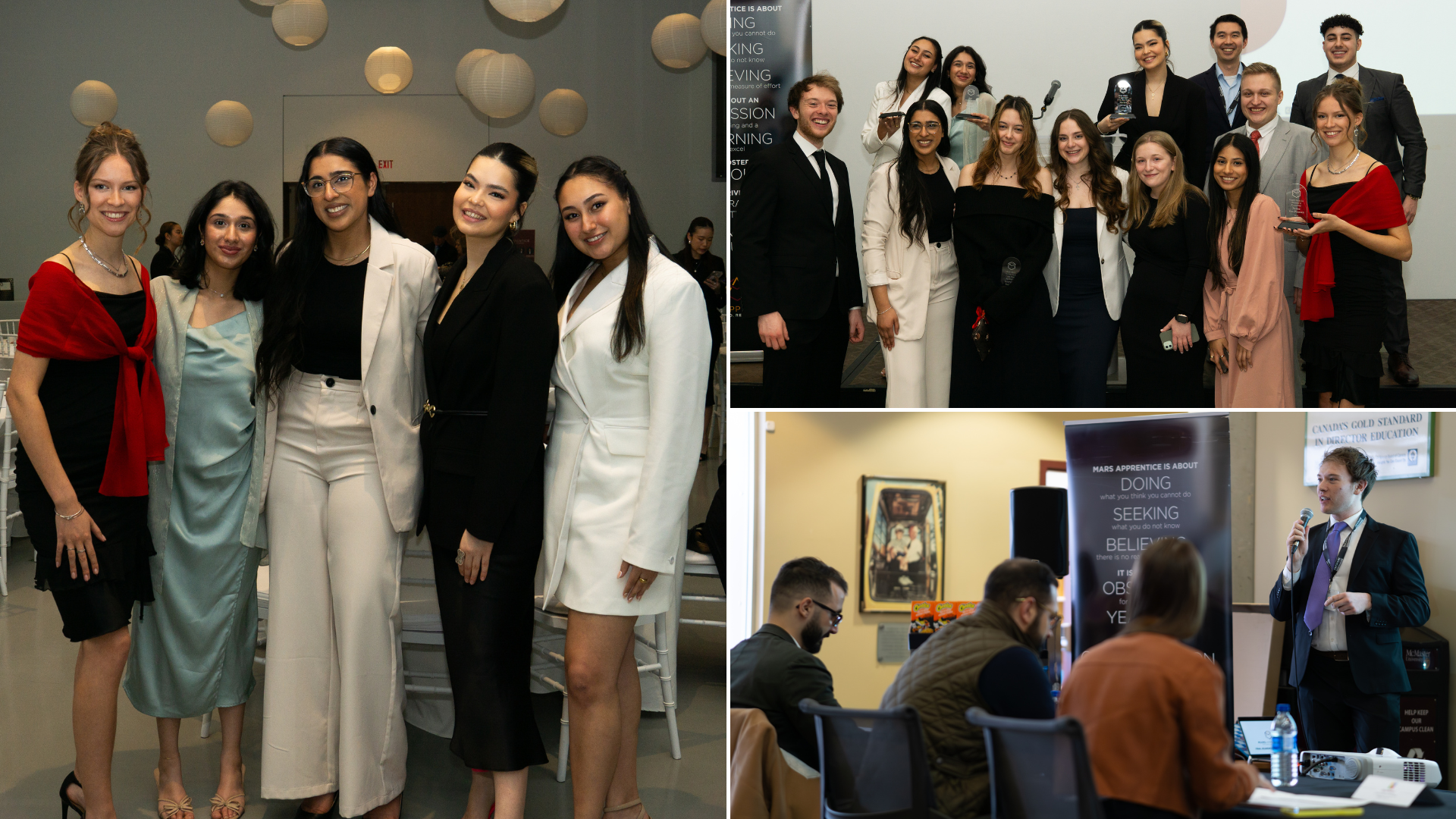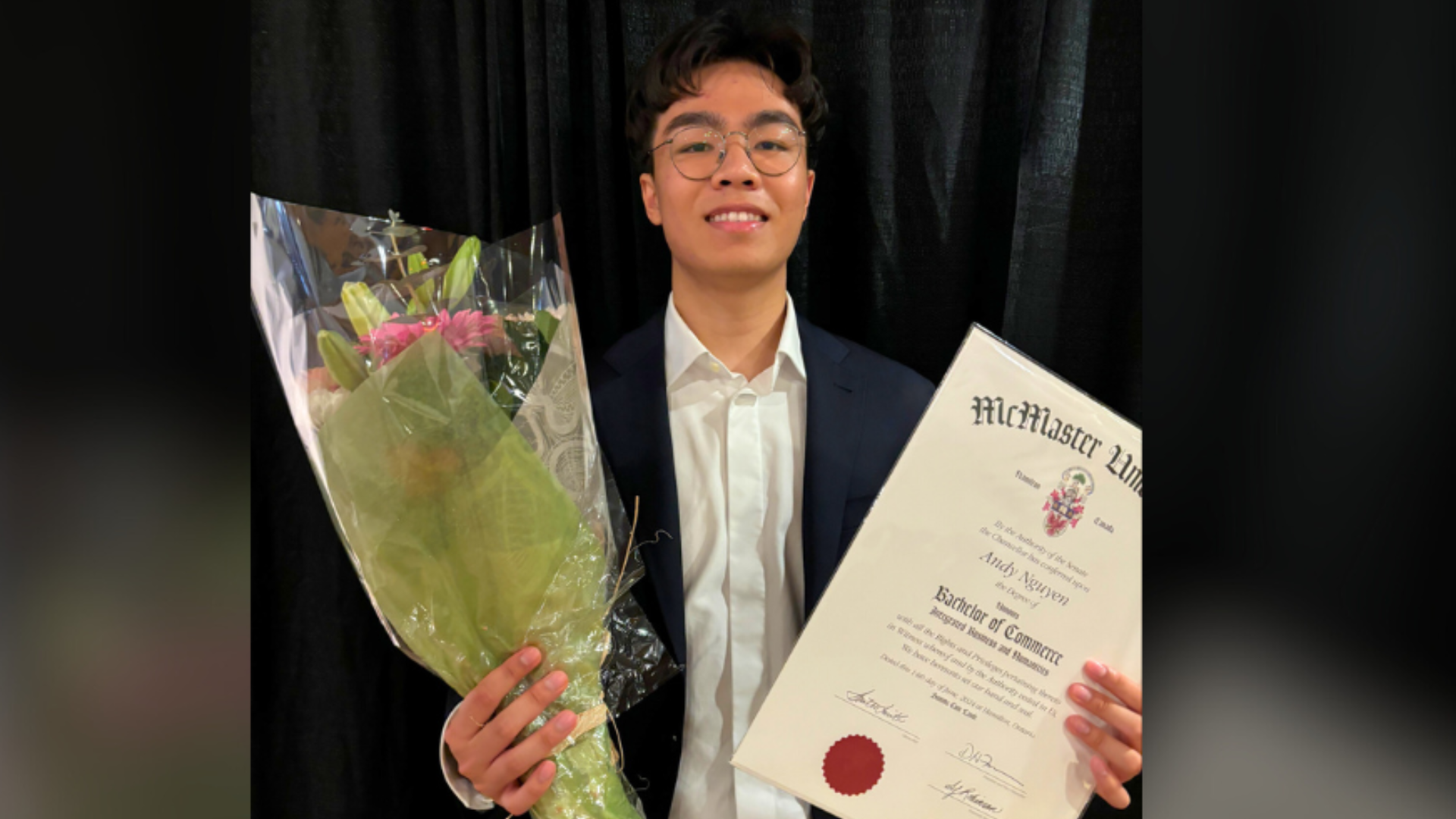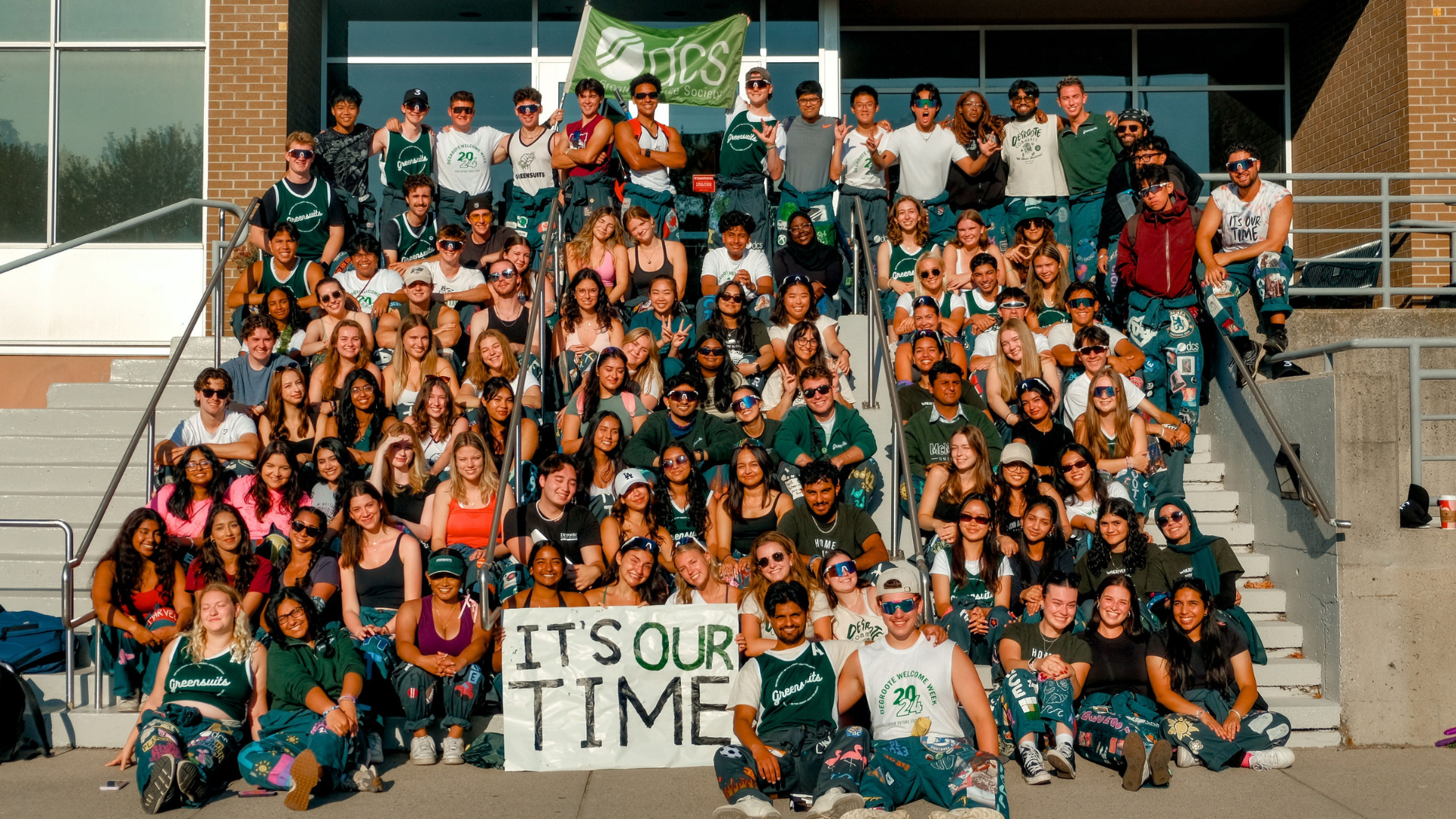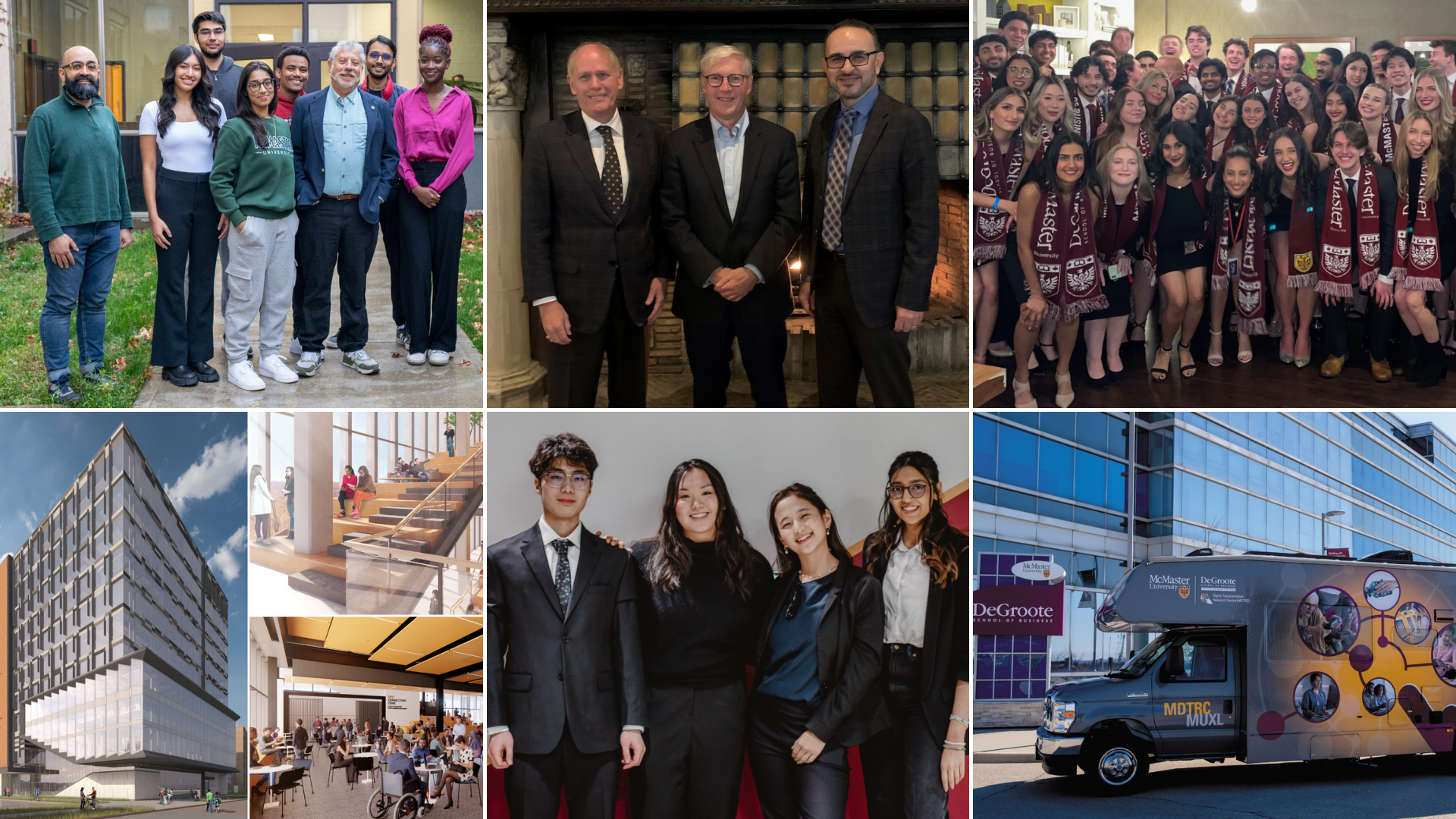RESEARCH STAFF STRATEGIC PLAN | ENGAGING COMMUNITIES
Easing the Transition for Refugees and Communities
February 1, 2019 ·
Contributed by: Sonia Verma, Strategic Communications Manager
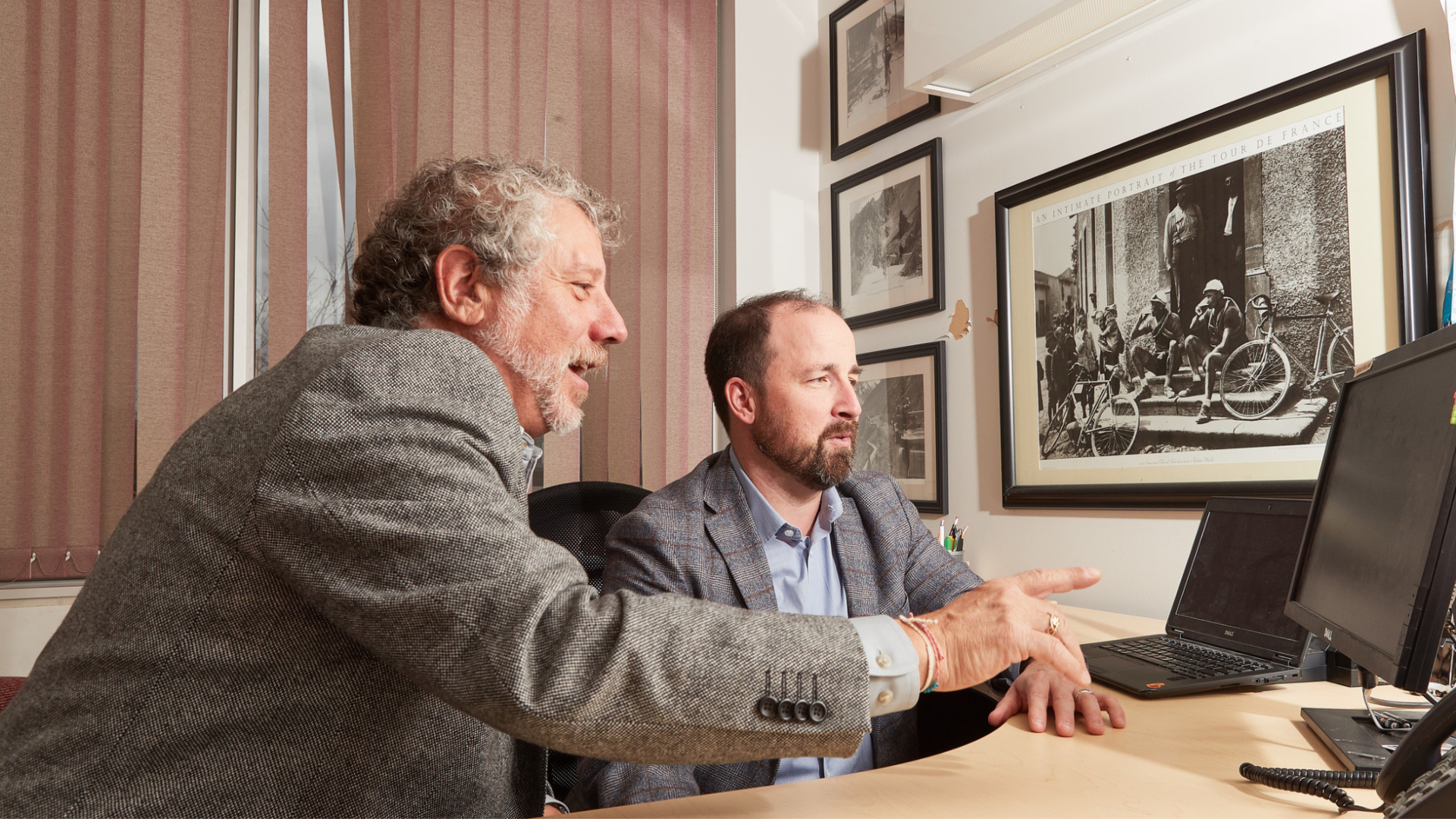
Benson Honig’s research collaboration with his DeGroote School of Business colleague, Brent McKnight, isn’t like anything else he’s ever done.
“This project originally had nothing to do with research,” Honig says simply. “We each got into this because it was the right thing to do.”
A few years ago, Honig, a professor of human resources and management, joined a group of Hamiltonians sponsoring a Syrian refugee family.
He didn’t know it at the time, but McKnight was doing the same thing — he and two other families co-sponsored a Syrian family of four.
Their experiences led to what is now a $194,000 SSHRC-funded grant to examine how Syrian refugees integrate into the labour market in their new communities. Working with them is McMaster philosophy professor Nancy Doubleday.
“We found ourselves figuring out things we had never really thought about,” McKnight says of the sponsorship experience.
At one point, he jokes, he was becoming an expert on navigating the complicated bureaucracy that confronts new immigrants, especially refugees.
“You realize how many systems newcomers have to navigate — there are the health-care systems, education systems, employment and economic systems.”
All that is on top of the massive adjustment these families already face after an often-abrupt displacement.
“I realized how hard it can be for many people to integrate here, and how many bumps there are on that road,” says McKnight, an associate professor of strategic management. “And I started thinking I could use this knowledge.”
As McKnight and Honig got talking, “it became apparent that we saw the problems and complexities of the situation — which, when you get down to it, are often managerial problems,” Honig says. “Brent and I began to think we could use our academic skills and resources to facilitate a better way to do things.”
Honig has previously studied immigrants’ labour market integration in other countries. His interest has been shaped, in part, by his own experiences as an immigrant and as a former mentor for Congolese immigrants.
Together with partners in Sweden, Honig and McKnight are studying and comparing the experiences of refugees in Hamilton and two cities in Sweden, where the model for sponsoring and integrating refugees is entirely different from the Canadian one.
“In Sweden, which has the highest per-capita refugee integration in Europe, all the money sponsoring refugees comes from the government, but people volunteer their time,” Honig says. “Refugees come and the government supports them entirely until they get a job.
“Here, we have a split model where roughly half of all refugees are government supported and the other half are privately sponsored for a finite time.”
The idea is to see what the two countries can learn from each other, the researchers say.
“They do very innovative things that we don’t, and we do innovative things that they don’t,” Honig says. “Our hope is that we’ll come up with best practices and share them based on these two very different models.”
Their first step is to take an even closer look at economic integration, with an eye to expediting it. “Our interest is in trying to have a more fine-grained understanding of what integration looks like in that first year, when everything is such an emotional roller coaster,” McKnight says. “It might also help service providers better engage with refugees.
“We’re also trying to understand how diverse local organizations can create a cohesive, coordinated network to respond to newcomers’ needs,” McKnight says.
Because Hamilton’s services are decentralized, he explains, the same organizations sometimes compete to provide newcomer services and sometimes work together.
Honig and McKnight are both involved in the Integrated Business and Humanities program, which emphasizes community engagement, and they want their students to work with local agencies to help with collaboration.
“The students would be working on something that advances our research, getting an experiential opportunity in the community and helping local non-profit groups and eventually, refugees,” Honig says. “It’s win-win-win.”
McKnight says this research is completely different from every other project he’s worked on.
“This is the best kind of research,” he says. “It involves using what you’re teaching in your classroom, listening to people about what they need and trying to find a way that academics can apply their resources and unique skills — research, interviews, creating indices, data analysis — to help meet that need.”
Honig agrees that the work is both unusual and worth it.
“This is not a mainstream area of research,” he says. “Our primary goal is really to do something useful for this community.”
